“Each year the garden that takes shape in my winter imaginings is a little different, reflecting the tally of last season’s successes and failures (and)…my evenings spent among the catalogs.” — Michael Pollan
****
It’s garden catalog season. Prairie Moon Nursery. Seed Savers Exchange. Baker Creek Heirloom Seeds. Each day, I open the mailbox and feel a tingle of anticipation. Prairie Nursery. Park Seed, Johnny’s Selected.
Books of dreams.

For passionate gardeners, February is the month of possibilities. I stack the catalogs by my chair, and dog-ear the pages. Post sticky notes. Circle potential purchases. Dreaming of the garden to come.

My yard, with its five raised beds, native shrubs, and various prairie plantings, is always in process. My goal is a mix of about 70 percent natives, 30 percent traditional garden plants (including vegetables and fruit). Those of you who have followed “Tuesdays in the Tallgrass” for a while know that one year we declared as “The year of the native shrub.” Buttonbush, spicebush, witch hazel, native honeysuckle, common ninebark and American hazelnut followed. Another year, we expanded our prairie plantings from the back yard into a small prairie bed in the front yard. A bold move in a subdivision! But so far, well received.

This season I’m tackling a big block of north-facing mulch under our front windows. Formerly, it was filled with over-enthusiastic hostas, some tired looking weigela, and a lovely but invasive burning bush (Euonymus alatus) left by the previous owner. We removed them all. We left a non-native viburnum by the front door. It has beautiful flowers, great fall color,, and the birds enjoy using its branches for nesting.

I hope to fill the empty mulched bed with some deep shade-loving plants and shrubs that won’t obscure the windows. After that, we’ll add a few more native trees. Currently, we have a mix of natives and non-natives: a shrubby ginkgo, two weedy pagoda dogwoods that volunteered in a good spot, and a paw-paw tree.

My neighbors on each side also have oaks, which are great for supporting insects. Our front yard “hellstrip” —-that slice of lawn between our sidewalk and the street— has a disease-resistant Accolade Elm. But our ginkgo doesn’t support much in the way of insect life, and the elm—while a great street tree—isn’t native. And so. The little Crosby suburban homestead needs a few more native trees. I’m considering serviceberries (Amelanchier spp.) at Possibility Place Nursery and other local nurseries as likely additions, and an oak is not out of the question.

I don’t know where I’d put an oak tree, but a girl can dream right? Ah, if only space was limitless!

And what of the vegetable garden? I reach for more catalogs, thinking. Last year, we ate and froze lots of Italian-type sweet peppers. Hmmm…. what was their name. Oh yes! Giant Marconi! We must grow them again.

The Brandywine heirloom tomatoes tasted soooo good. Better get a pack of that. Or maybe, just buy plants from Hacker’s Glenbard Gardens, our local greenhouse just up the road.

And we must plant more burgundy okra this year. The hibiscus-like flowers are gorgeous.

Herbs? I need to order those, too. Dill? Check. Basil? Check. Parsley? You bet. I love all these herbs for cooking, and the black swallowtail caterpillars will be delighted with the dill and parsley.

Herbs! Veggies. Flowers. And of course, don’t forget the prairie plants.

There’s always room for a few new prairie plants in the established prairie beds. I’ve lost my big bluestem over the years, and I’d love to put in more butterfly milkweed. And what about plants for winter interest?

At this time of year, I’m grateful for the interesting structures of prairie plants in the garden. I turn the pages, circle a few plants that look good during the cold months, then scribble some more.

Hours pass. My journal fills with sketches. Flowers and vegetable seed lists. Prairie grasses. Ideas for placement. In February, nothing is off-limits and in my mind, there’s room for it all. And as Michael Pollan writes, “In a few months, summer will pass judgement on the merit, or folly, of our…schemes, but right now, anything seems possible.”

What’s on your order list? Let me know in the comments below. How will we ever choose? As we look at the remains of our gardening decisions in 2023…

…we imagine what’s ahead.

Yes, it’s garden catalog season. Just one more reason to love February.
******
The opening quote is from writer Michael Pollan (1955-), found in his delightful book, Second Nature: A Gardener’s Education. The title of the blog today also comes from his must-read chapter, “Made Wild By Pompous Catalogs,” a must-read for any gardener and a trip down nostalgia lane, with many of the catalogs he writes about from the 1980s and 1990s now out of business. (We miss you, Jan Blüm seeds!). Currently, Pollan is a lecturer at Harvard University, and the author of many books, including Botany of Desire, and Cooked. But my favorite is Second Nature.
*****
Join Cindy for a program or class this month:
February 13, 11 a.m.-12:30 p.m. —“Literary Gardens” — Hosted by Mt. Prospect Garden Club. Free and open to the public! For more information, visit their website here. (In Person)
February 15 — “Illinois Wild and Wonderful Early Bloomers,” —Middlerock Conservation Meeting, Oregon, IL. (Closed event for members).
Sunday, February 18, 2-3:30 p.m. — “Bison Tales and Tallgrass Trails” — Hosted by West Cook Wild Ones. Free and open to the public! For more information on how to register, visit their website here. (Online)
Thursday, February 29, 7-8:30 p.m.—“Literary Gardens”— Hosted by the Downers Grove Public Library. Free and open to the public! For more information and to register, click here. (In Person)
Wednesday, March 6, 7-8:30 p.m.—“Dragonflies and Damselflies: The Prairie’s Frequent Fliers.” —Hosted by Midewin National Tallgrass Prairie, Wilmington, IL (Welcome Center, St. Road 53). Free and open to the public. (In Person)
Monday, March 11, 7-8:30 p.m. — “Dragonflies and Damselflies: The Prairie’s Frequent Fliers.” Hosted by Wild Ones Illinois Prairie Chapter, Normal, IL. Free and open to the public! (In Person). See Cindy’s website for more details.
Wednesday, March 20 (March 27 and April 3), 9-noon, —“Prairie Gardens for the Home Landscape” hosted by The Morton Arboretum in Lisle, IL. (In Person) (Sold Out). Call the Arboretum to be put on a waiting list: (630) 968-0074.
Find more programs and classes at Cindy’s website.







































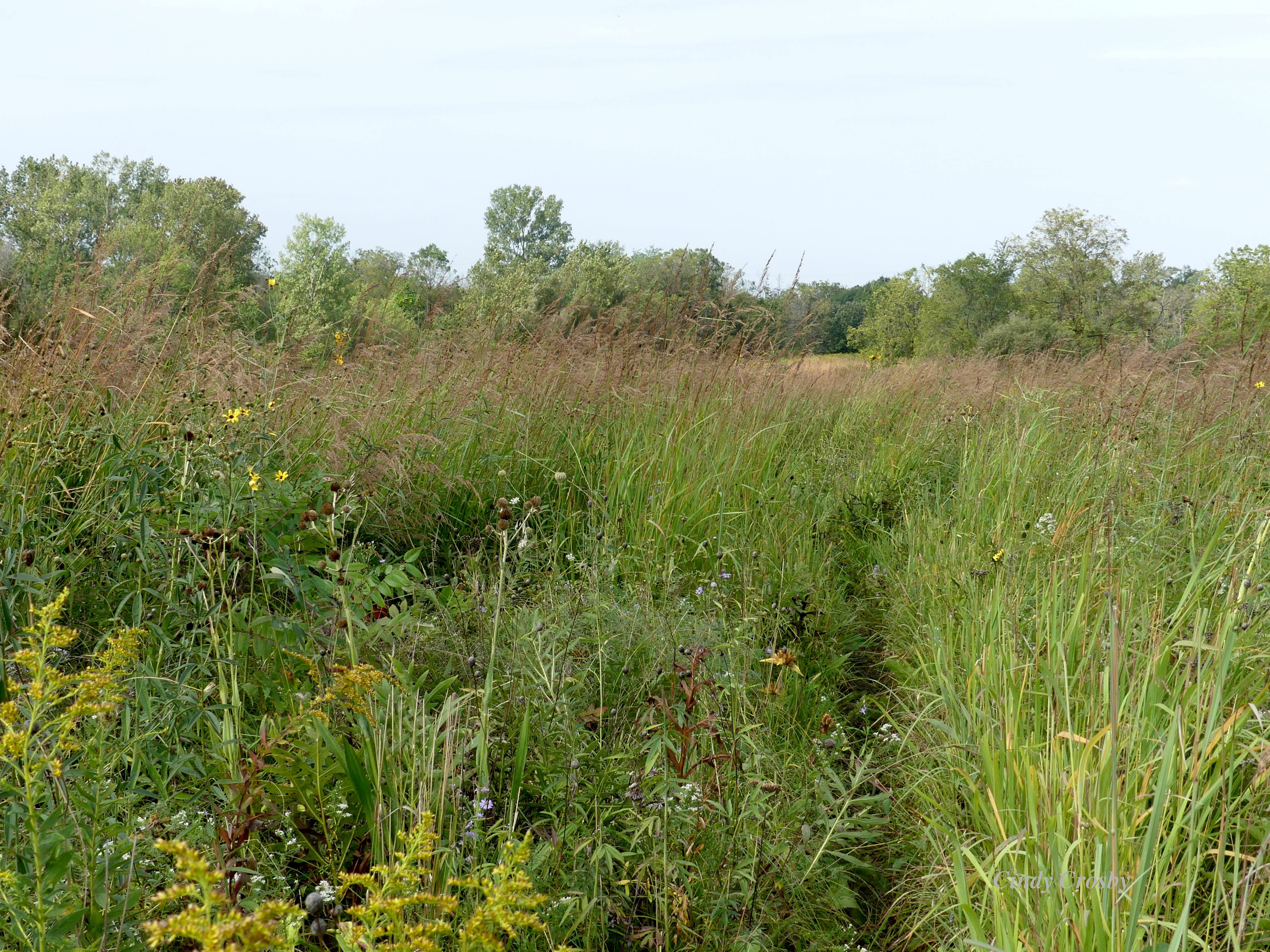

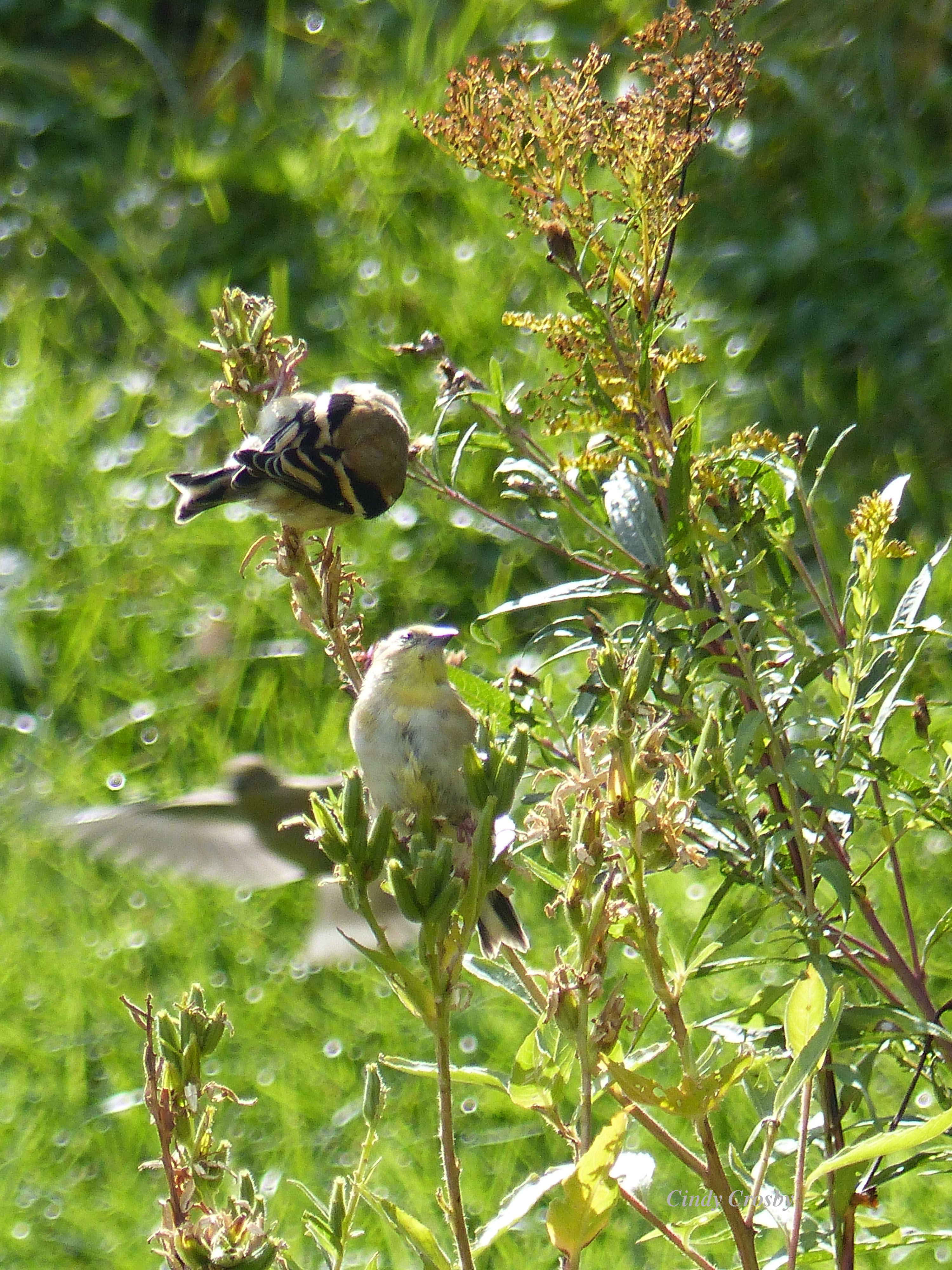
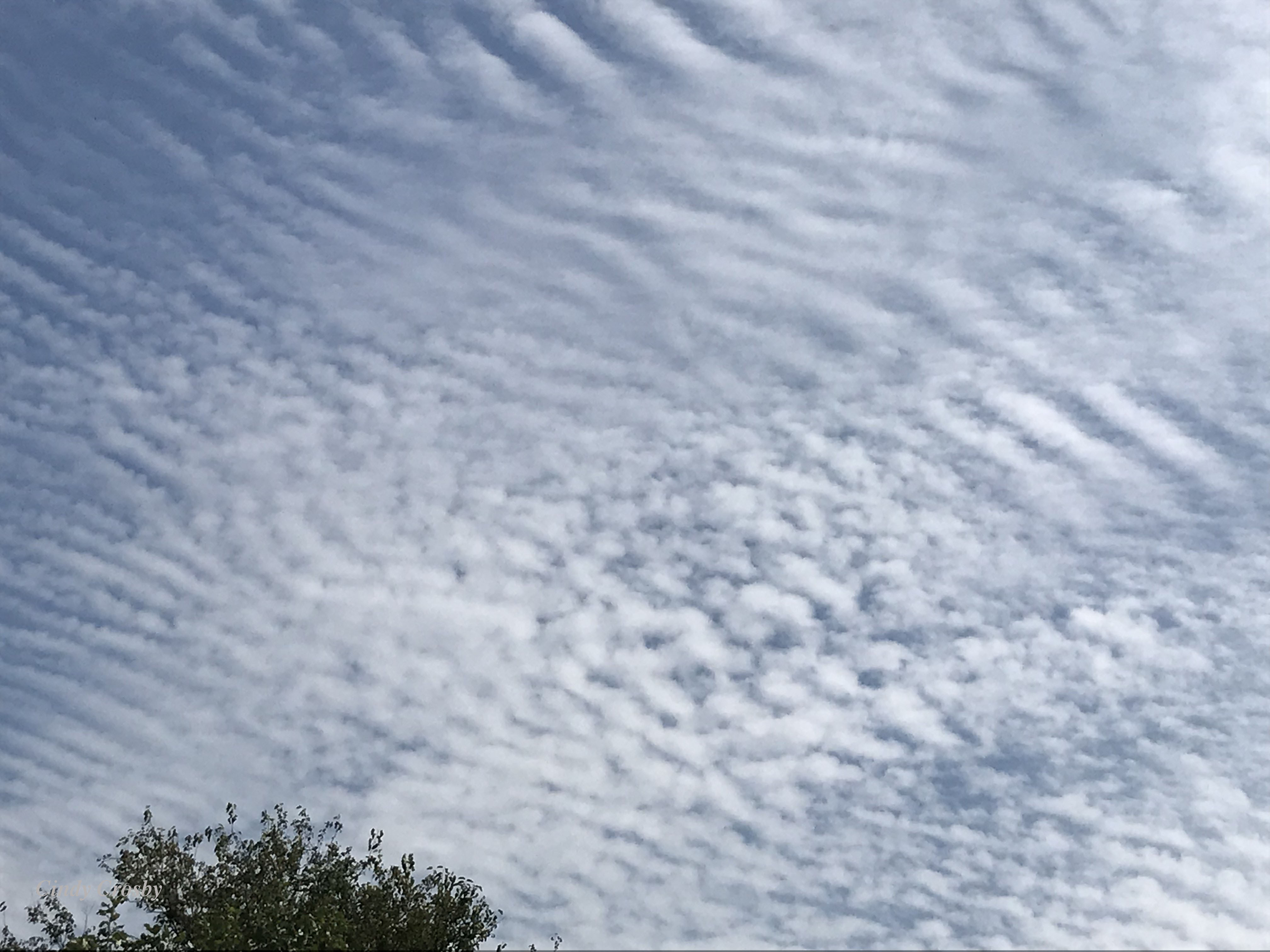


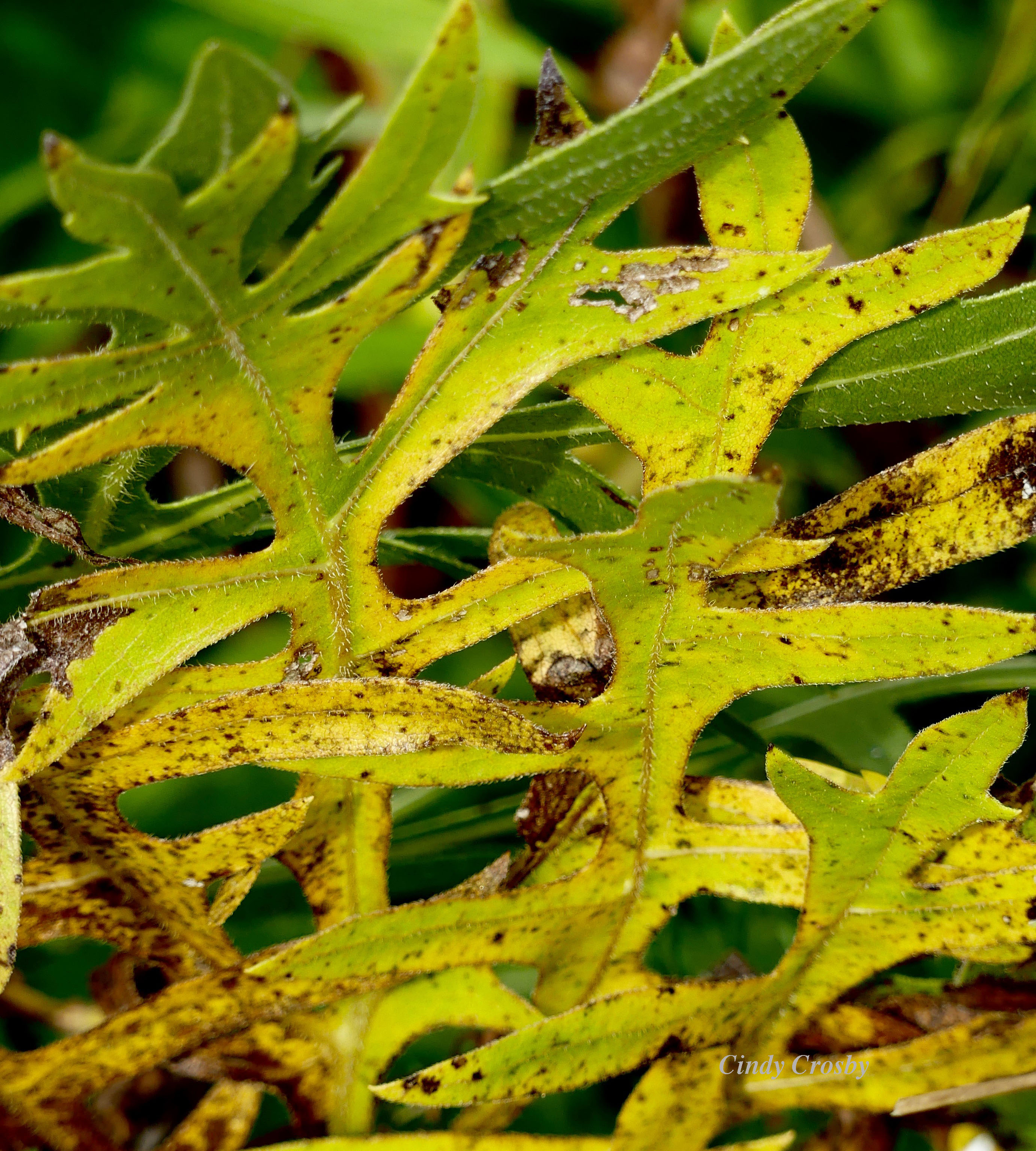
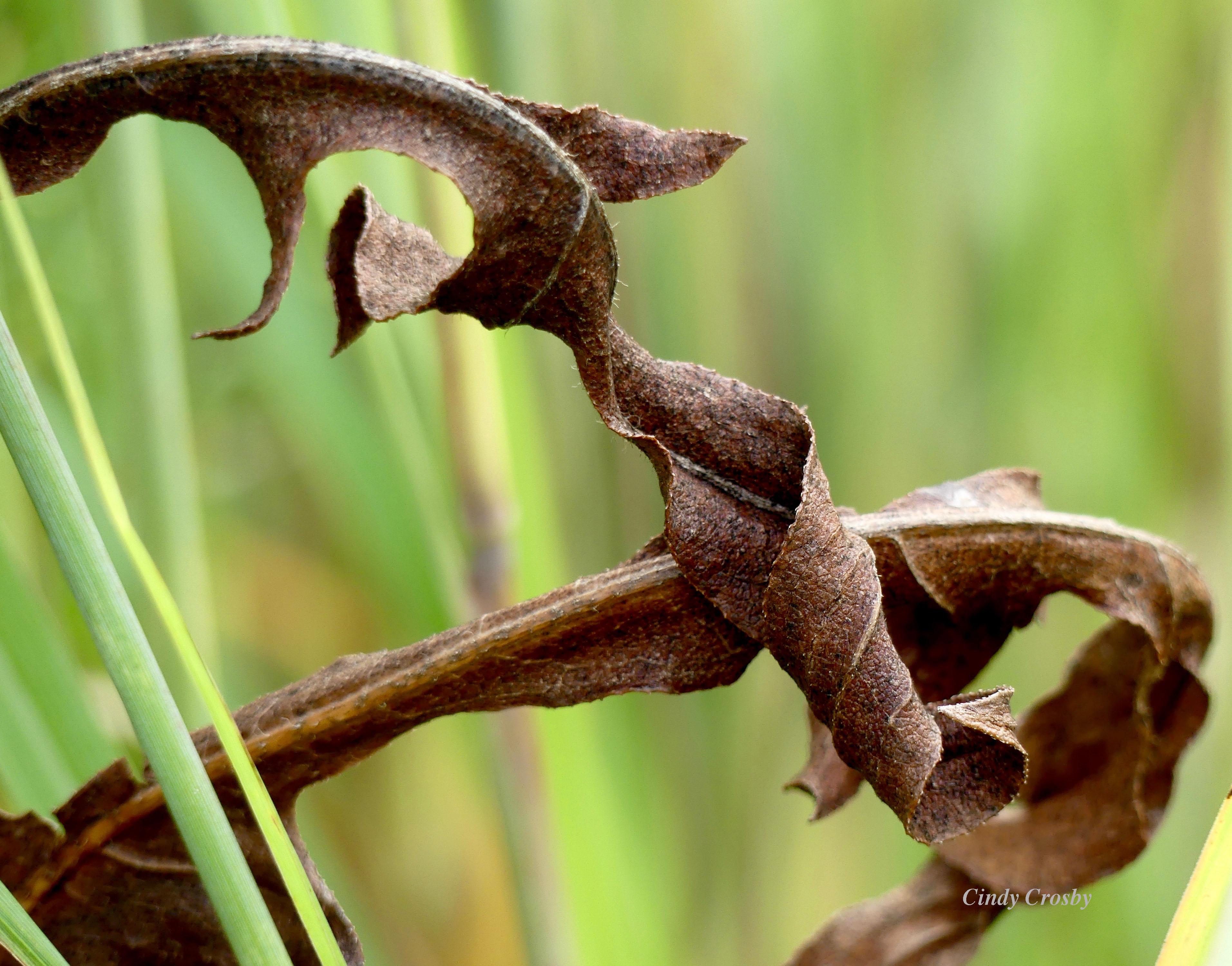
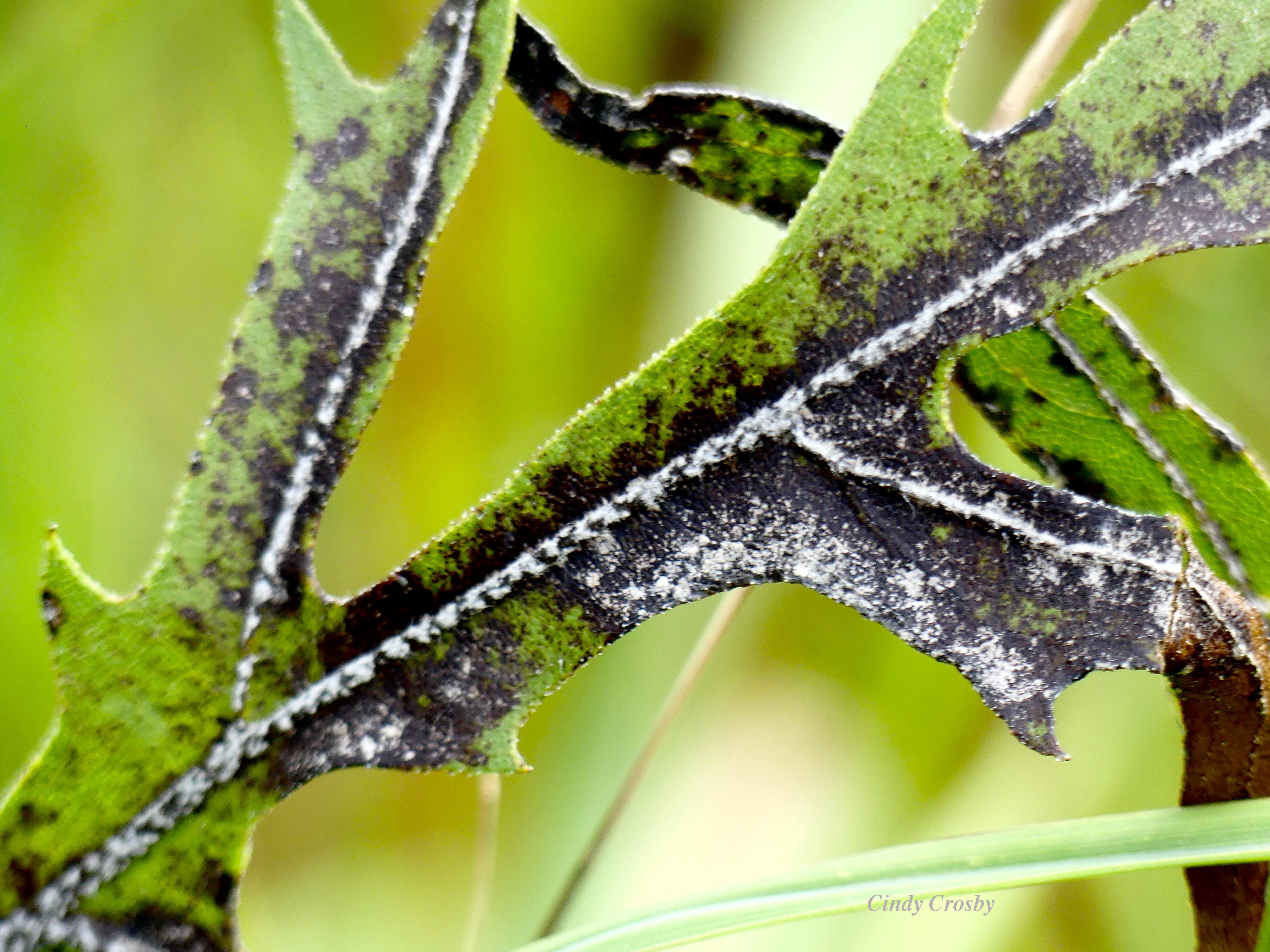
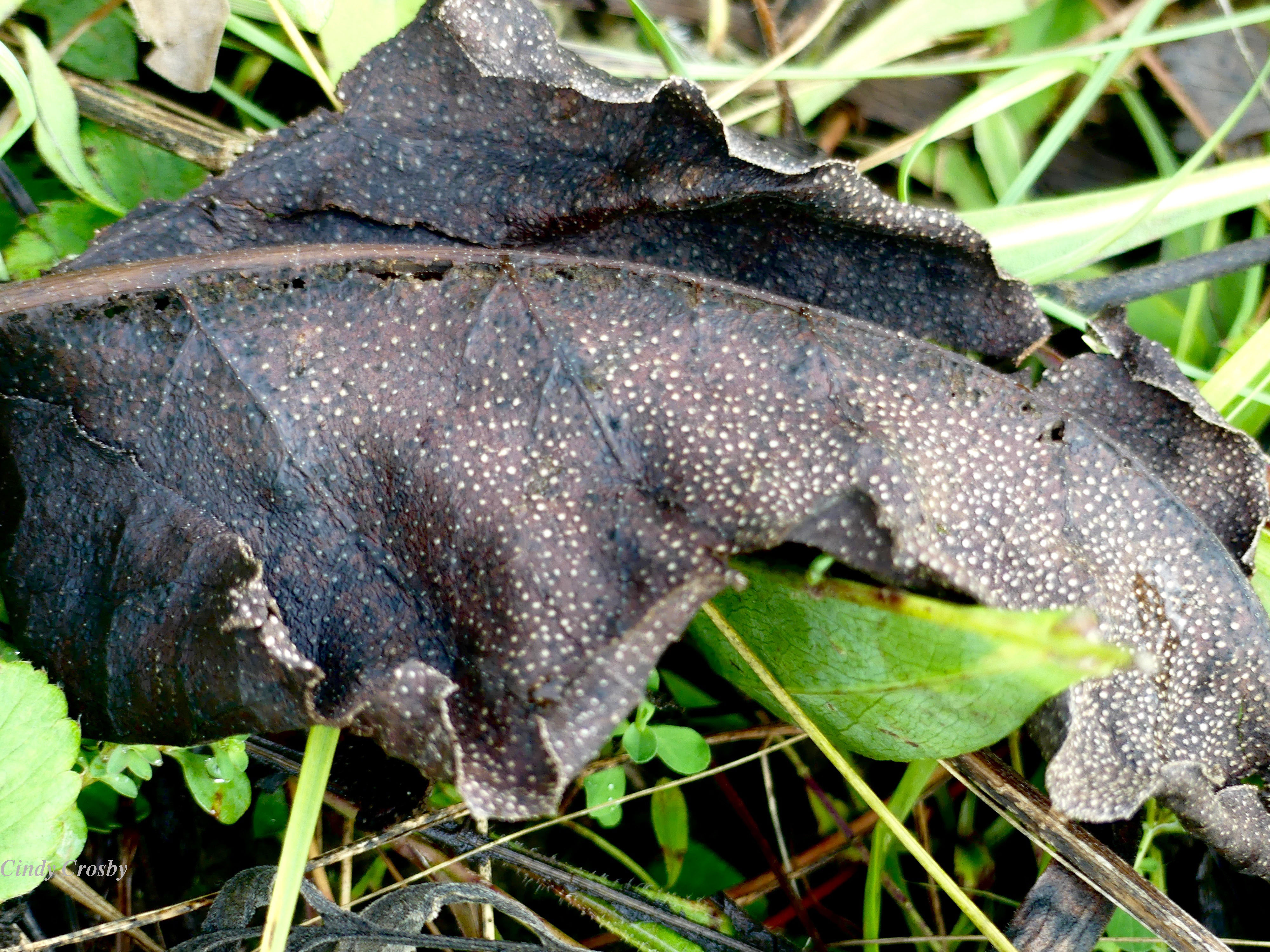
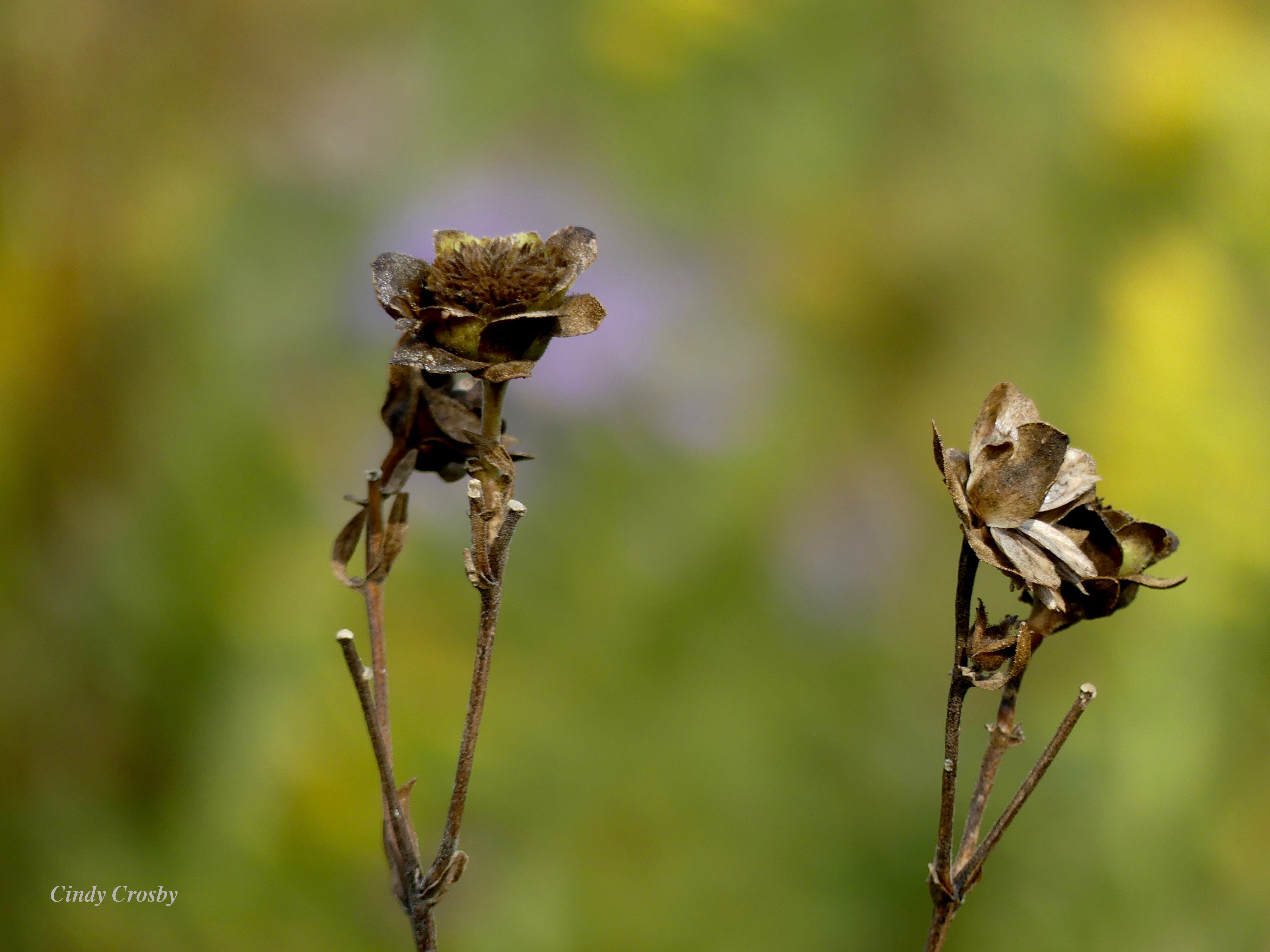
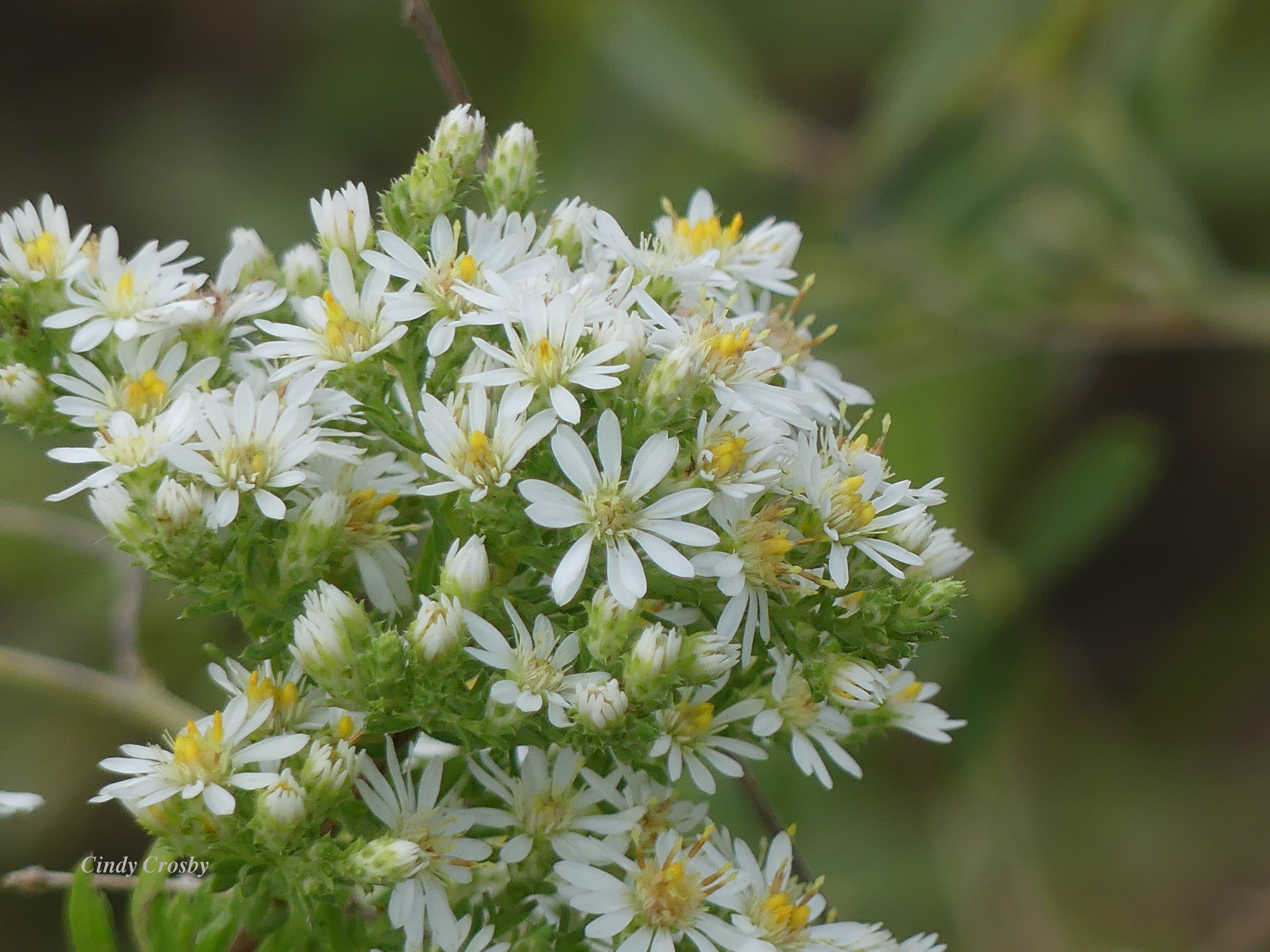


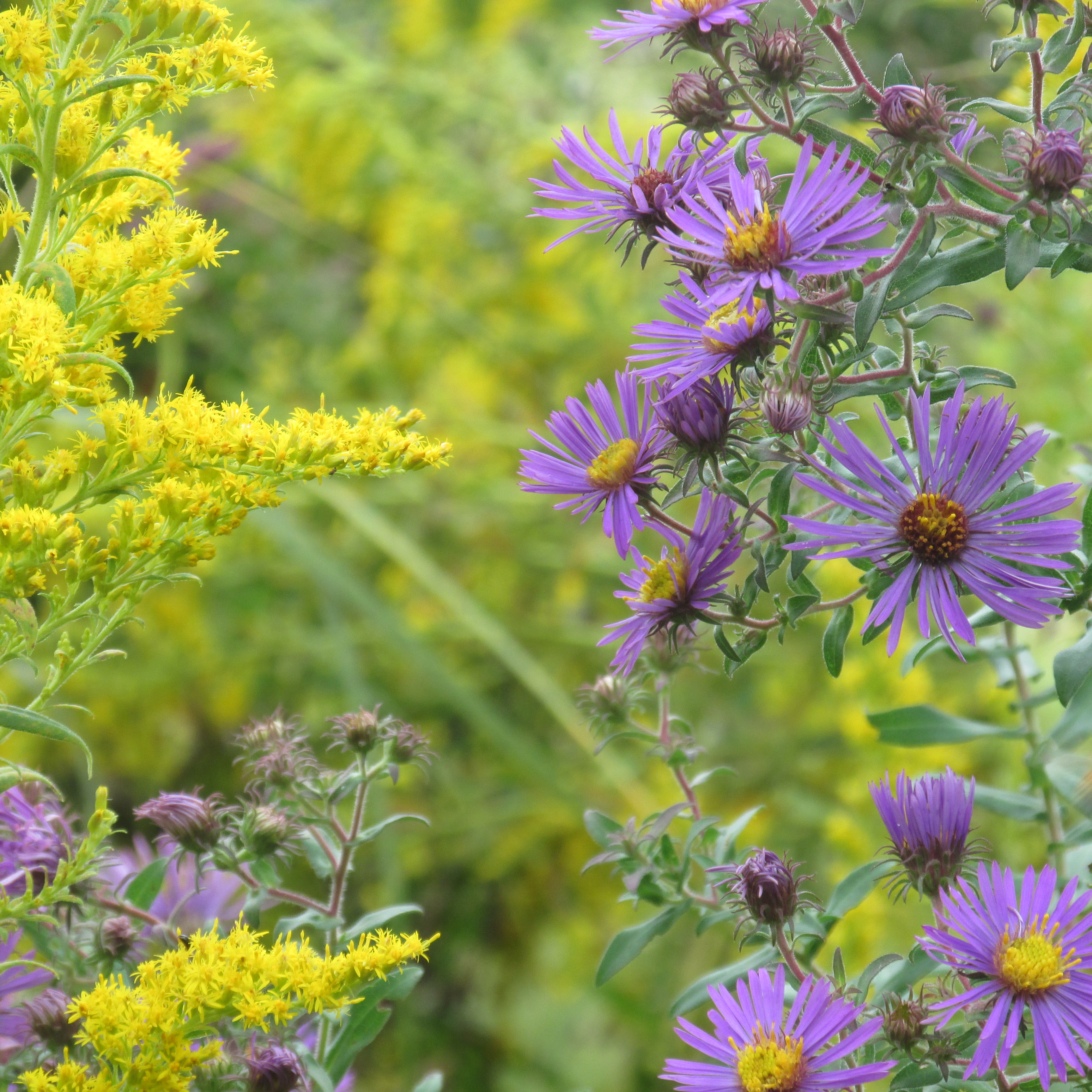

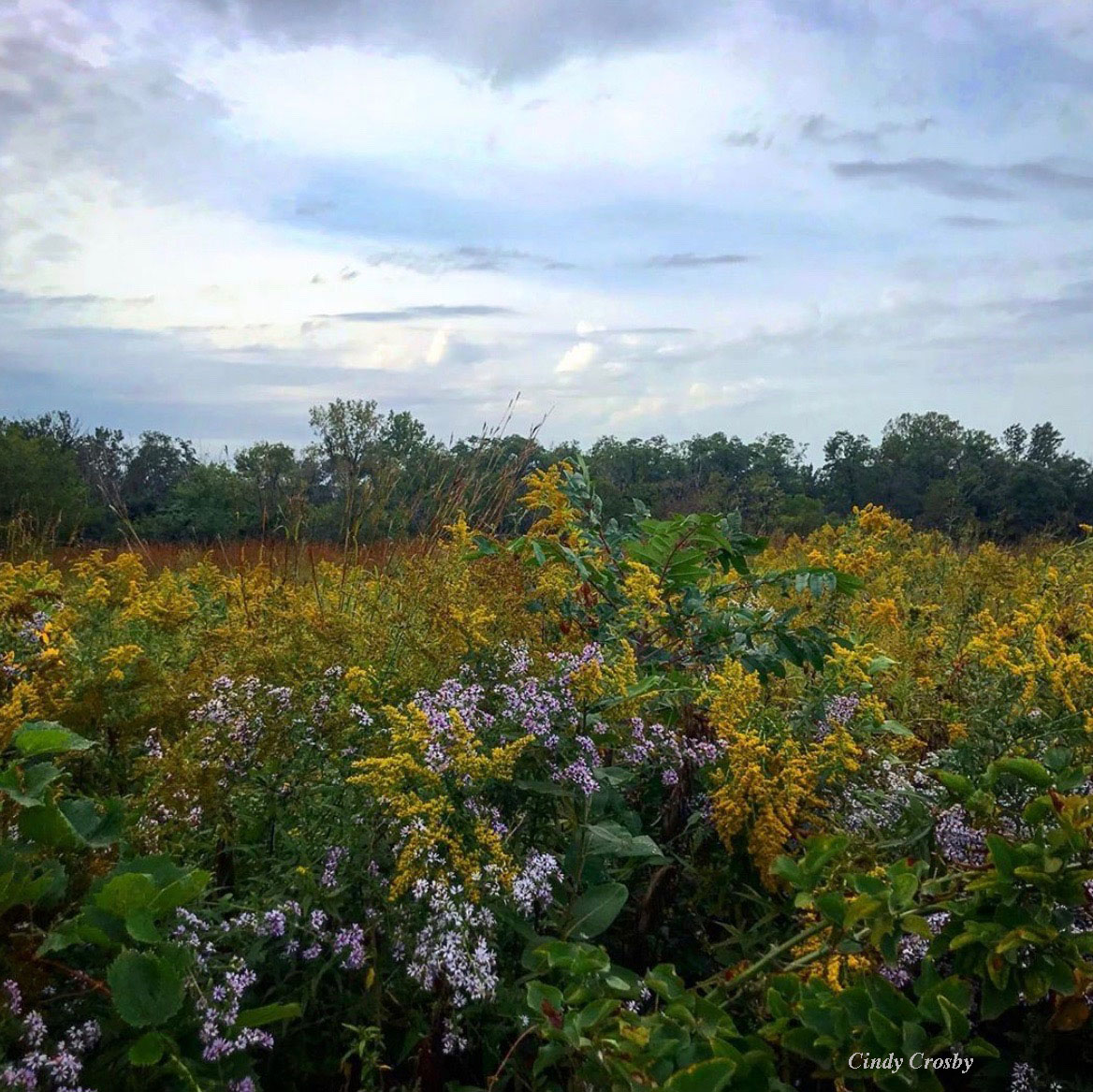




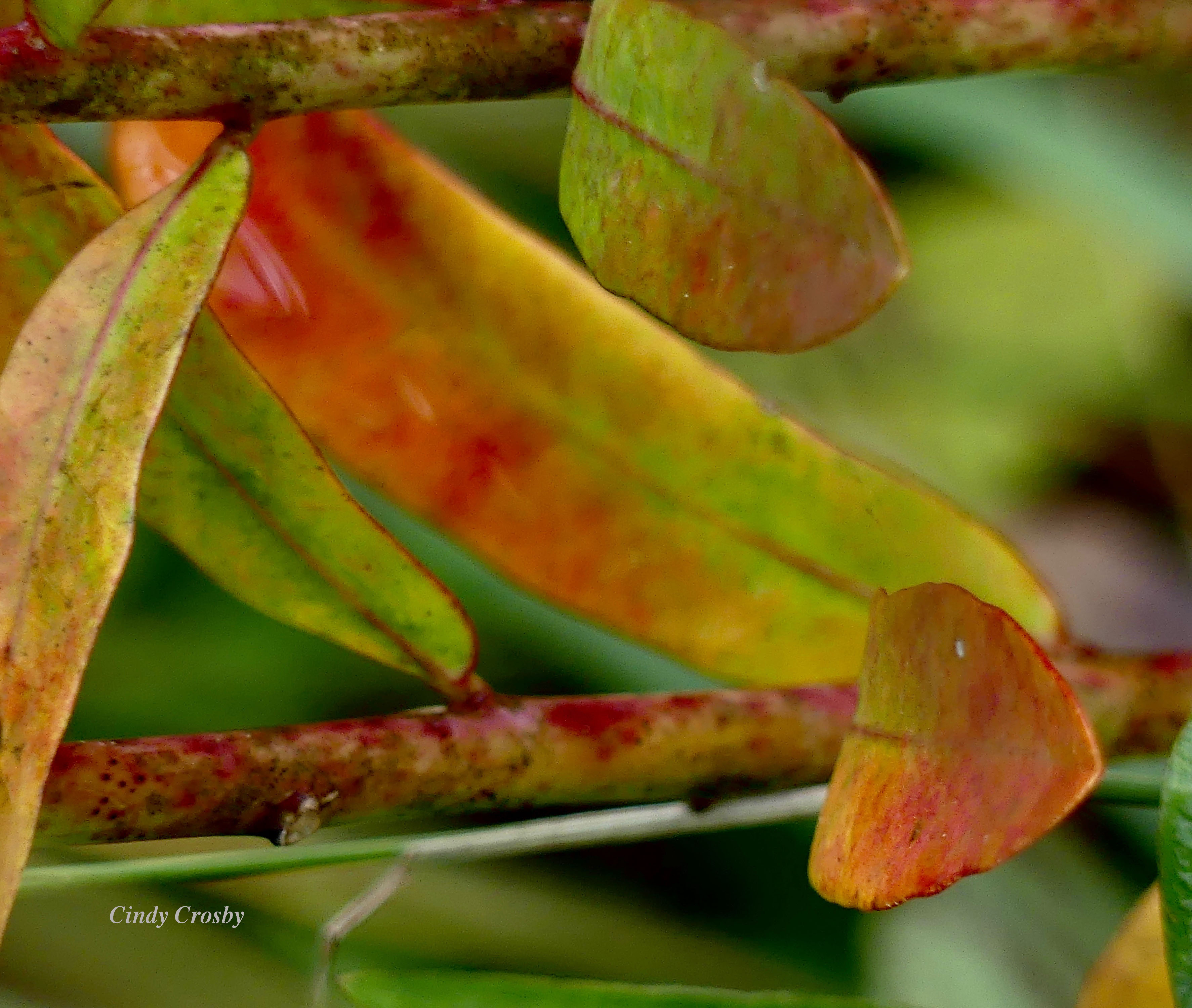
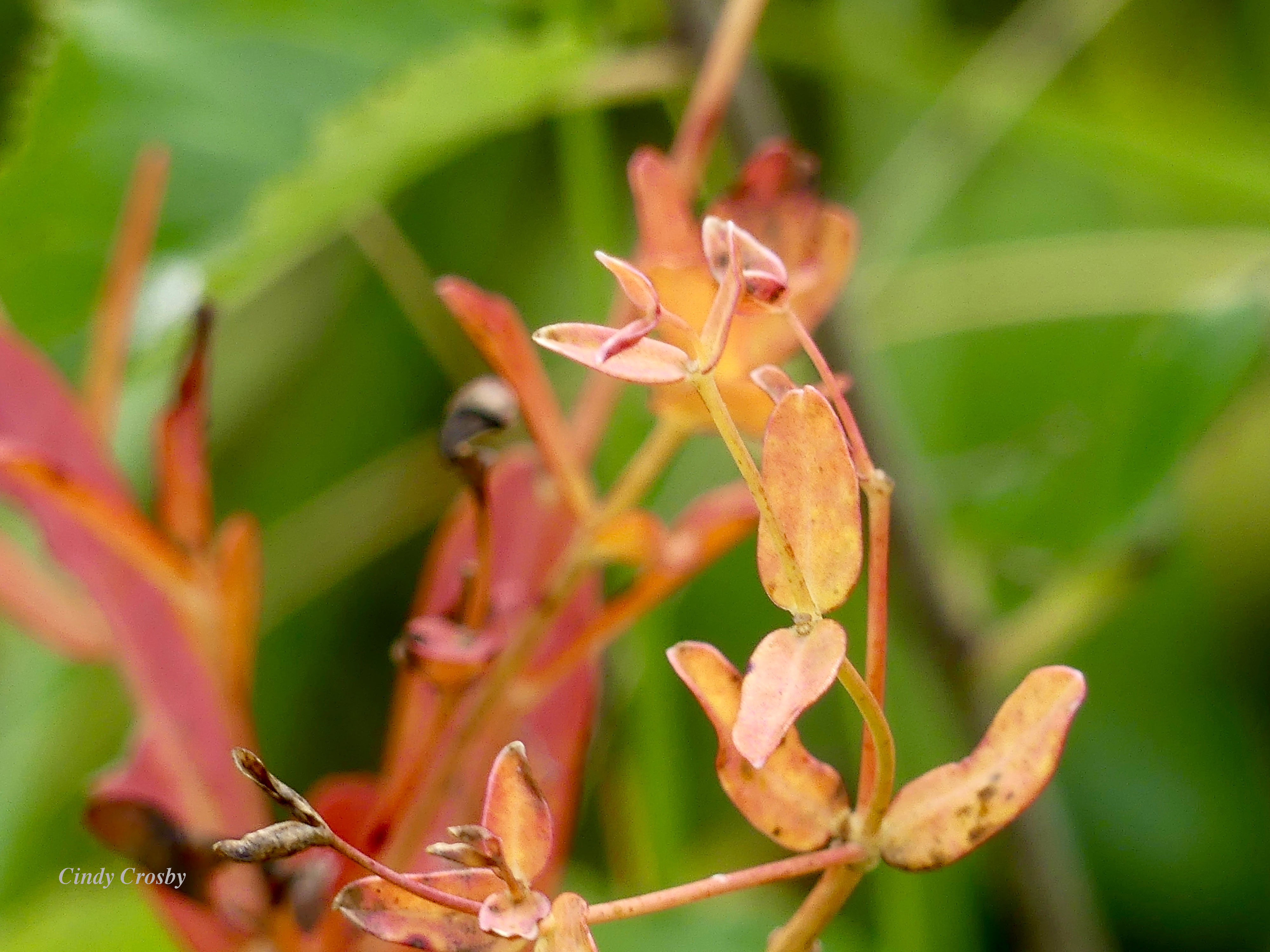



















 …but instead, I avoid the whole issue and go for a stroll around the yard. Ten tomato plants didn’t seem like enough for us in May. Yeah, right.
…but instead, I avoid the whole issue and go for a stroll around the yard. Ten tomato plants didn’t seem like enough for us in May. Yeah, right.





 The heat of the day gives way to a breath of cool; the relief of evening coming to the backyard. I glance up at the sky, darkening now, a few stars beginning to appear.
The heat of the day gives way to a breath of cool; the relief of evening coming to the backyard. I glance up at the sky, darkening now, a few stars beginning to appear.